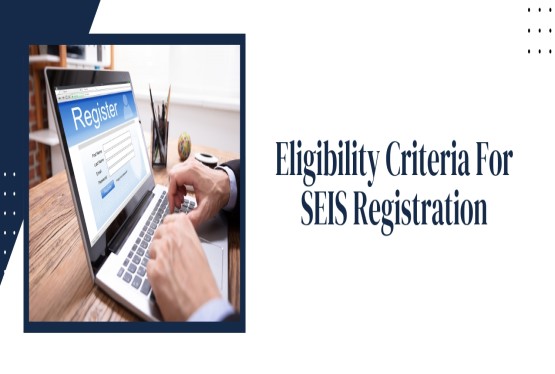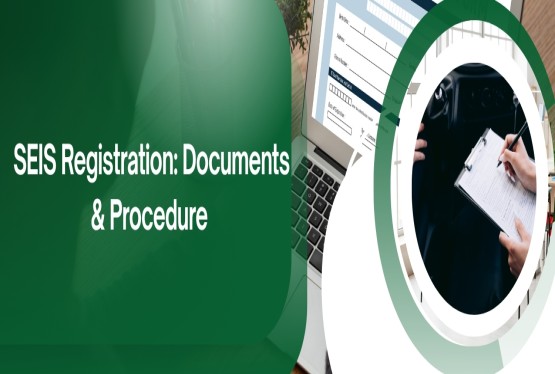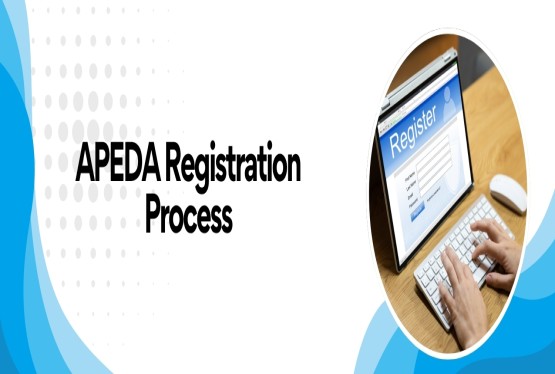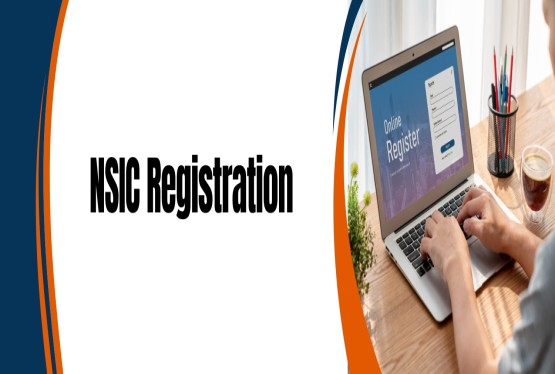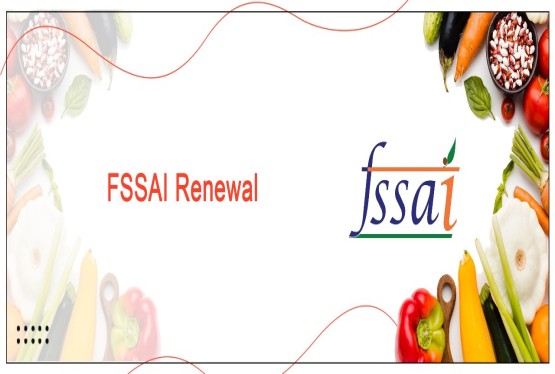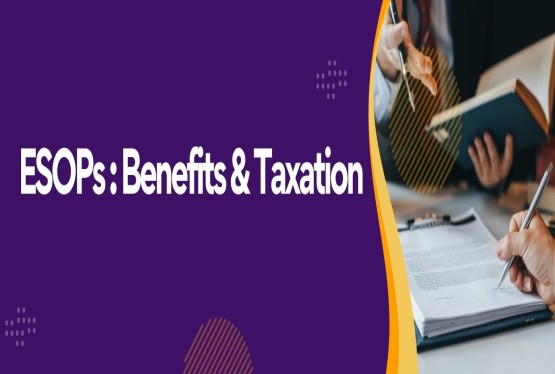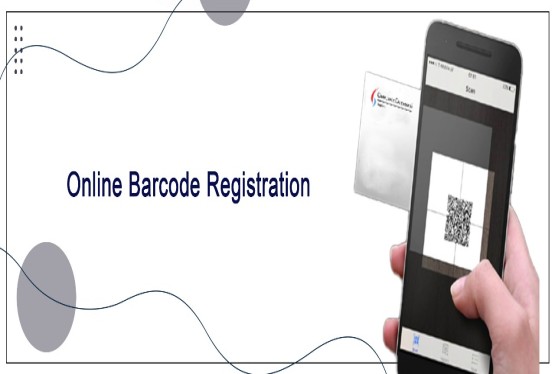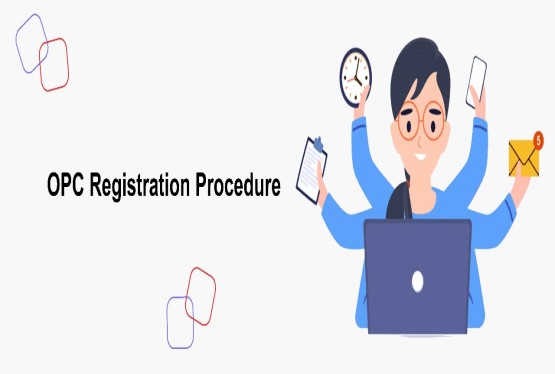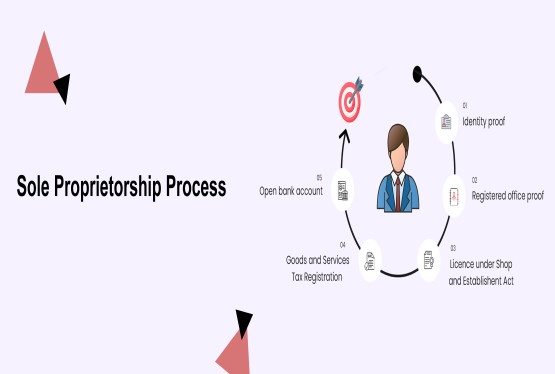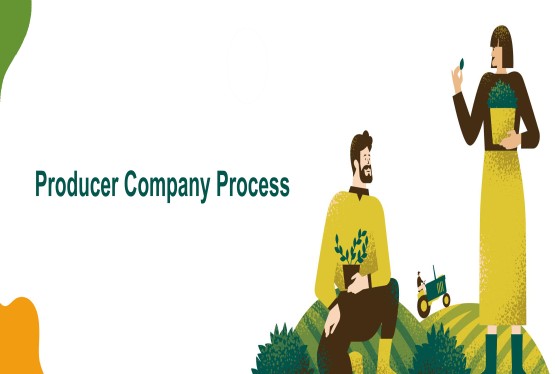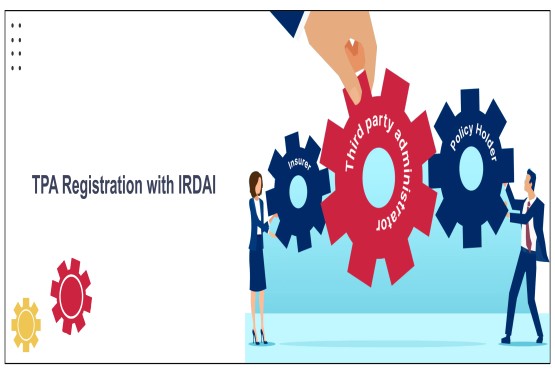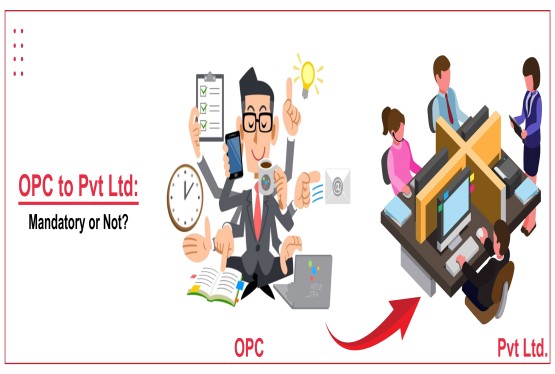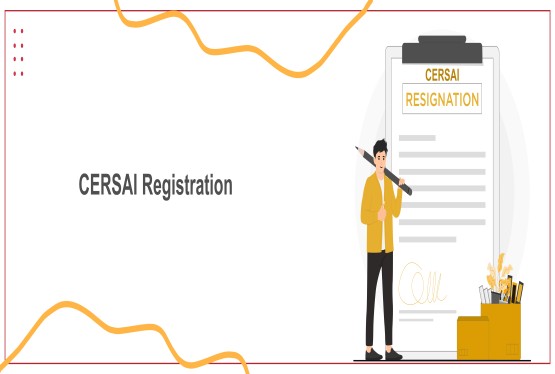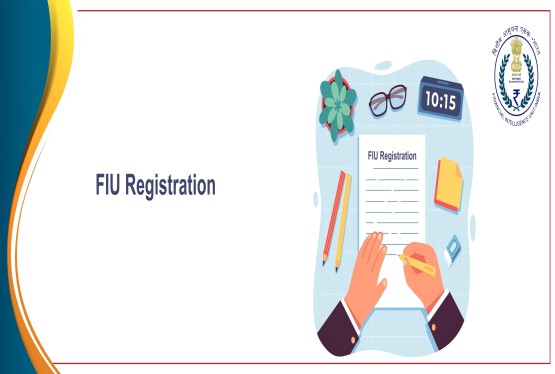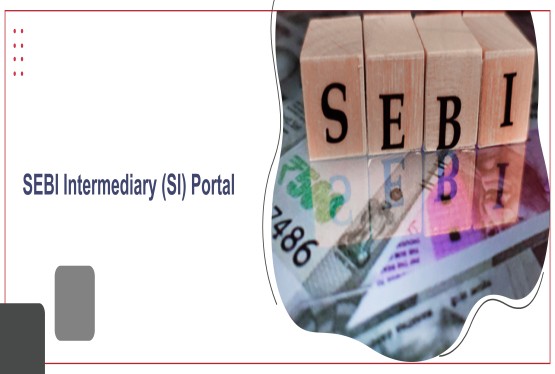The Food Safety and Standards Authority of India (FSSAI) has taken an important step toward empowering consumers and ensuring transparency in food labelling by launching a new digital tool. This tool allows users to report false or misleading claims on food product labels directly from their smartphones. This move is a significant leap in protecting consumer rights and promoting accurate food labelling across India. Let us explore this initiative in detail.
What is the FSSAI Digital Tool?
The FSSAI Digital Tool is an innovative feature introduced within the existing Food Safety Connect Mobile App and the Food Safety Compliance System (FoSCoS) portal. This tool enables consumers to submit complaints against misleading food label claims. Available on both Android and iOS platforms, this tool has made the grievance redressal process easier and more accessible for ordinary consumers.
Users can now upload images of food products highlighting the deceptive claims, nutritional details, and relevant product information like the FSSAI license number and manufacturer details. These details allow food safety authorities to take quick and evidence-based actions against non-compliant food business operators (FBOs).
Purpose of Launching the Tool
The FSSAI Digital Tool to Flag Misleading Claims on Food Labels was launched with the intention to make food labelling more transparent. It also ensures that consumers are not misled by exaggerated health claims or incomplete information. The objective is to hold food manufacturers accountable for what they claim on their product packaging.
This tool also simplifies the complaint process by eliminating the need for physical visits to regulatory offices. Instead, consumers can now lodge complaints anytime, from anywhere, ensuring better reach and faster redressal of food safety grievances.
How to Access the FSSAI Digital Tool?
Consumers can access this tool in two ways:
-
Food Safety Connect Mobile Application: Available on the Google Play Store and Apple App Store. Once downloaded, users can register and log in to use the complaint submission feature.
-
FoSCoS Portal: This is the official online system used for food safety licensing and registration. The portal also provides a direct link to report misleading claims using the new feature.
Both platforms are user-friendly and designed to guide the complainant step-by-step through the process of filing a complaint.
Step-by-Step Process to File a Complaint
To use the FSSAI Digital Tool to Flag Misleading Claims on Food Labels, consumers need to follow these simple steps:
-
Login: Download and open the app or visit the FoSCoS portal. Create a user account or log in with existing credentials.
-
Access the Complaint Feature: Navigate to the section that allows you to report misleading food labels.
-
Submit Evidence: Upload the front-of-pack image showing the misleading claim. Also include the back-of-pack image that displays the ingredients and nutritional information.
-
Provide Product Details: Enter the product name, brand, FSSAI license or FSSAI registration number, manufacturer details, and any online purchase link if available.
-
Add Explanation: Write a short paragraph explaining why the claim is misleading.
-
Attach More Images: You may upload up to three additional supporting images.
-
Submit: Once submitted, a complaint number is generated which can be used to track the status.
Key Features of the FSSAI Digital Tool
The FSSAI Digital Tool comes with several features aimed at enhancing consumer involvement and transparency. Some of the notable features include:
-
Simple interface for users to lodge complaints without technical knowledge.
-
Allows uploading of multiple images and supporting documents.
-
Consumers receive a unique complaint number to track progress.
-
Available through both a mobile app and a web portal.
Why This Tool Was Needed
The food industry in India has seen a surge in packaged food products with numerous health-related claims like "low sugar," "high fiber," or "boosts immunity." Often, these claims are vague or misleading, confusing consumers who lack the tools to verify them.
Nutrition expert Dr. Arun Gupta raised valid concerns stating that consumers cannot test products in labs to verify claims. This digital tool aims to reduce the burden on consumers by letting authorities step in with investigations based on user-submitted evidence.
Legal Background Supporting the Tool
The FSSAI Digital Tool is backed by strong legal frameworks, including:
-
Food Safety and Standards (Advertising and Claims) Regulations, 2018: Mandates that all claims on food products be scientifically proven and not misleading.
-
Food Safety and Standards (Labelling and Display) Regulations, 2020: Requires important nutritional information to be clearly and unambiguously displayed.
These laws are designed to ensure that consumers receive accurate and clear information about the products they consume.
Concerns Raised by Experts
Despite the positive aspects, some experts have expressed concerns. Dr. Arun Gupta pointed out that the tool might shift the burden of proof to consumers. He highlighted that it took FSSAI two years to act on misleading advertisements in the Bournvita case, and no strict penalties were imposed.
He also questioned why FSSAI allows "low sugar" claims but does not mandate a "high sugar" warning when the sugar level crosses acceptable limits. According to him, there should be upfront labelling of nutrients of concern like sugar, salt, and fat.
Impact on Consumers
The FSSAI Digital Tool empowers consumers to take an active role in ensuring food safety. By simply using their smartphones, consumers can now:
-
Report false claims without needing legal knowledge.
-
Monitor the progress of their complaint.
-
Contribute to a transparent food labelling environment.
This tool increases consumer awareness and participation in food safety governance.
Impact on Food Business Operators (FBOs)
For food manufacturers and sellers, this tool is a reminder of the need to comply with labelling regulations. Food Business Operators must now:
-
Ensure all claims are truthful and scientifically validated.
-
Avoid vague language or incomplete labelling.
-
Maintain records to support nutritional claims made on packaging.
Non-compliance may attract penalties or legal actions based on consumer complaints verified by authorities.
Role of the Advertisement and Claims Monitoring Committee
The FSSAI’s Advertisement and Claims Monitoring Committee (AMC) continues to play a vital role in monitoring false claims on food labels and advertisements. With the launch of this digital tool, the AMC now receives additional support from the public to detect and act against misleading claims faster and more efficiently.
This collaboration between consumers and the regulator will strengthen enforcement and build public trust.
Future Scope and Way Forward
FSSAI’s digital initiative can evolve further by:
-
Integrating QR code scans for instant label verification.
-
Collaborating with labs for random product testing.
-
Introducing educational videos to help consumers understand food labels.
This initiative lays the foundation for a future where food labelling becomes a joint responsibility of regulators, businesses, and consumers.
Conclusion
The launch of the FSSAI Digital Tool to Flag Misleading Claims on Food Labels is a welcome move in India’s ongoing efforts to improve food safety and transparency. It puts power in the hands of the consumer while ensuring that manufacturers are held accountable.
By enabling real-time reporting and providing a platform for redressal, FSSAI is creating a safer, more reliable food ecosystem. This initiative is backed by legal mandates and reflects the authority’s commitment to consumer-first food regulation. While concerns remain about enforcement and industry influence, this digital tool is a promising step toward fair and transparent food labelling in India
Need any support contact Compliance Calendar LLP through:
Email: info@ccoffice.in
Call/Whatsapp: +91 9988424211
FAQs
Q1. What is the FSSAI Digital Tool used for?
Ans. The FSSAI Digital Tool is designed to help consumers report misleading or false claims on food product labels. It allows users to upload images, submit details about the product, and file a complaint through the Food Safety Connect mobile app or the FoSCoS portal. This tool ensures regulatory action against non-compliant food businesses.
Q2. How can I access the FSSAI Digital Tool?
Ans. You can access the tool through the Food Safety Connect Mobile App (available on Google Play Store and Apple App Store) or the FoSCoS portal (https://foscos.fssai.gov.in). After logging in, you can navigate to the section that lets you report misleading claims and upload the necessary details.
Q3. What kind of misleading claims can I report using the tool?
Ans. You can report any false or exaggerated claim made on a food label, such as “low sugar,” “zero fat,” “boosts immunity,” or “100% natural,” if such claims appear untrue or unsupported by nutritional facts or ingredient lists. The tool supports uploading evidence to back your complaint.
Q4. What information do I need to submit a complaint?
Ans. To file a complaint, you need to provide the following:
-
Front and back images of the food package
-
Brand name and product name
-
FSSAI license/registration number
-
Manufacturer details
-
E-commerce link (if bought online)
-
Description of the misleading claim
You may also upload up to three additional supporting images.
Q5. Will I receive a complaint number after submission?
Ans. Yes, after you submit the complaint through the FSSAI Digital Tool, you will be given a unique complaint number. This number can be used to track the status of your complaint and any actions taken by the food safety authorities.
Q6. Is the use of the FSSAI Digital Tool free for consumers?
Ans. Yes, the FSSAI Digital Tool is completely free to use. Consumers do not have to pay anything to report misleading food label claims. The app and the complaint mechanism are made to be user-friendly and accessible to everyone.
Q7. Can I report products purchased online using the FSSAI Digital Tool?
Ans. Yes, you can report misleading claims for both offline and online purchases. If the product was bought online, make sure to include the product URL and details of the seller or platform along with images and other required information in your complaint.












_crop10_thumb.jpg)





_crop10_thumb.jpg)




























-Form_crop10_thumb.jpg)

_crop10_thumb.jpg)























_learn_crop10_thumb.jpeg)
































_crop10_thumb.jpg)

_crop10_thumb.jpg)





















_crop10_thumb.jpg)







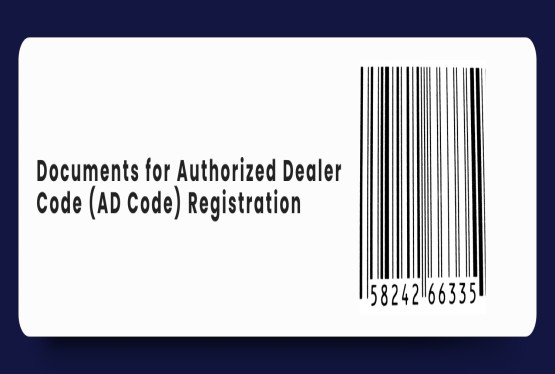







_for_Foreign_Directors_learn_crop10_thumb.jpeg)




_Act,_2015_learn_crop10_thumb.jpg)


































_learn_crop10_thumb.jpg)


